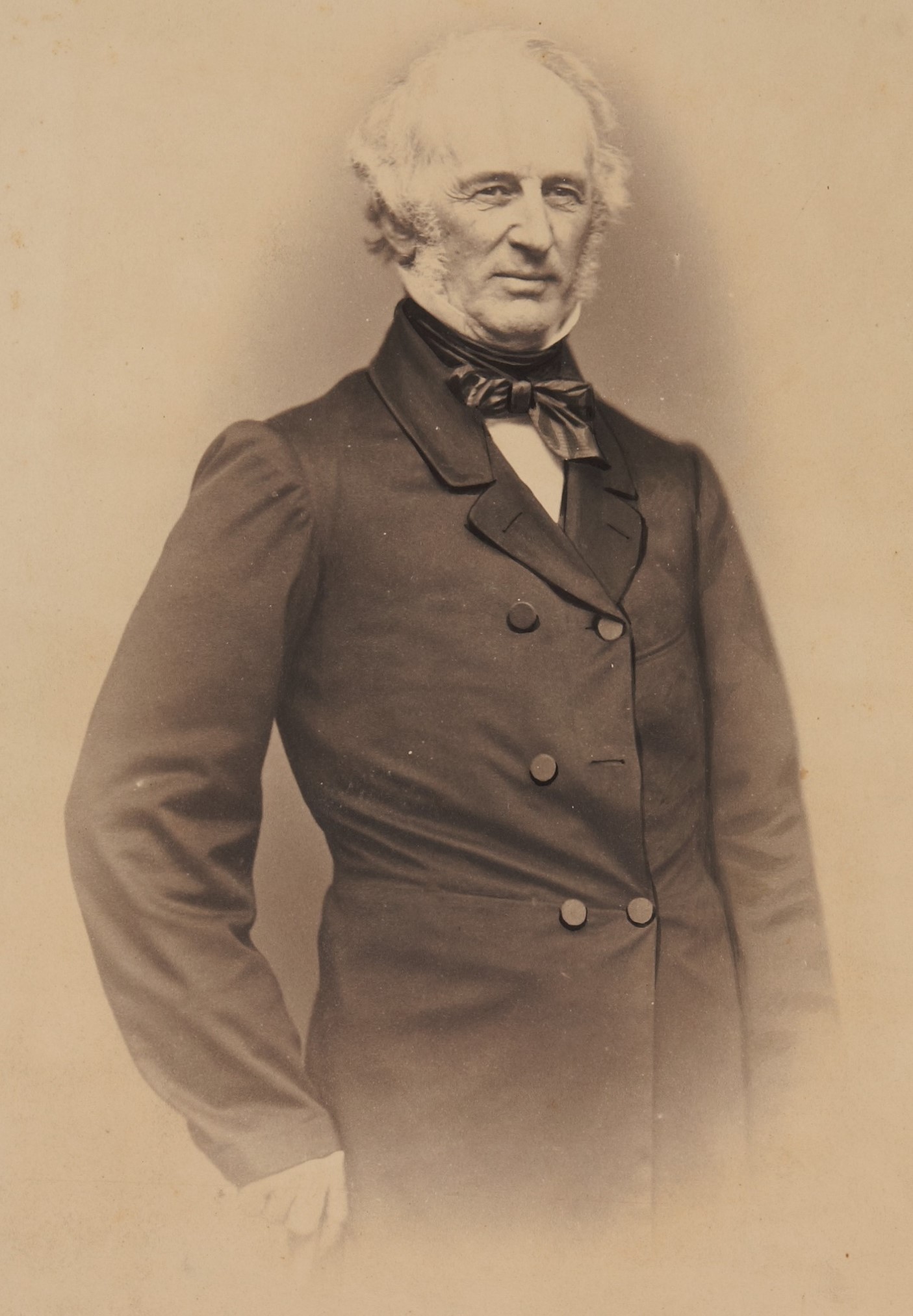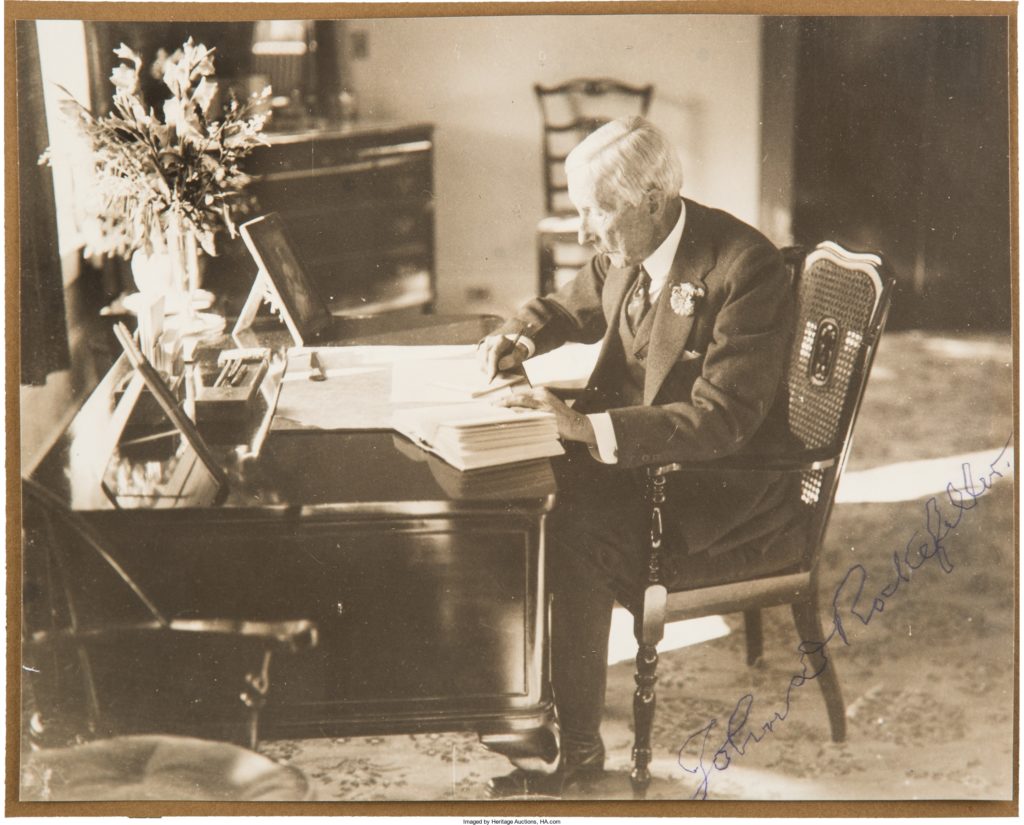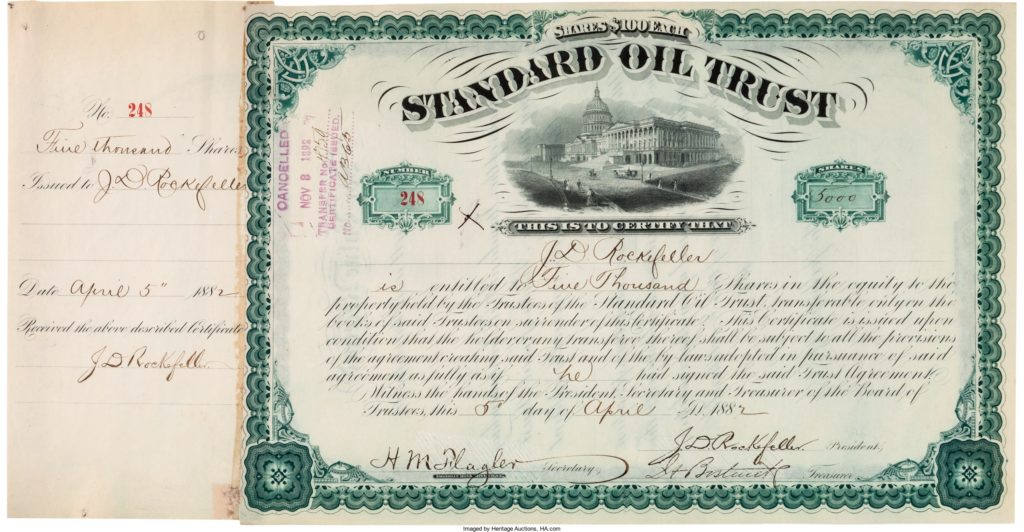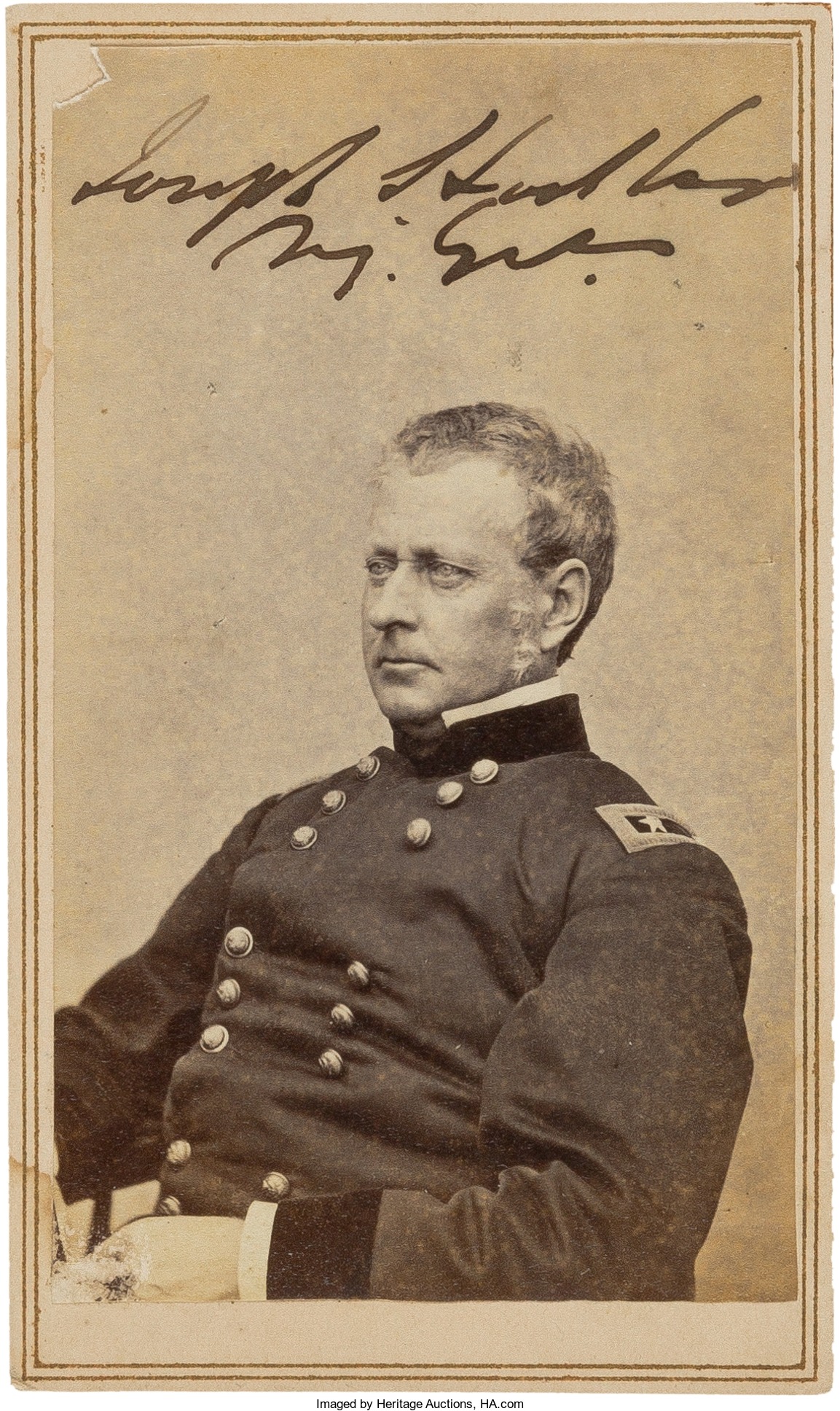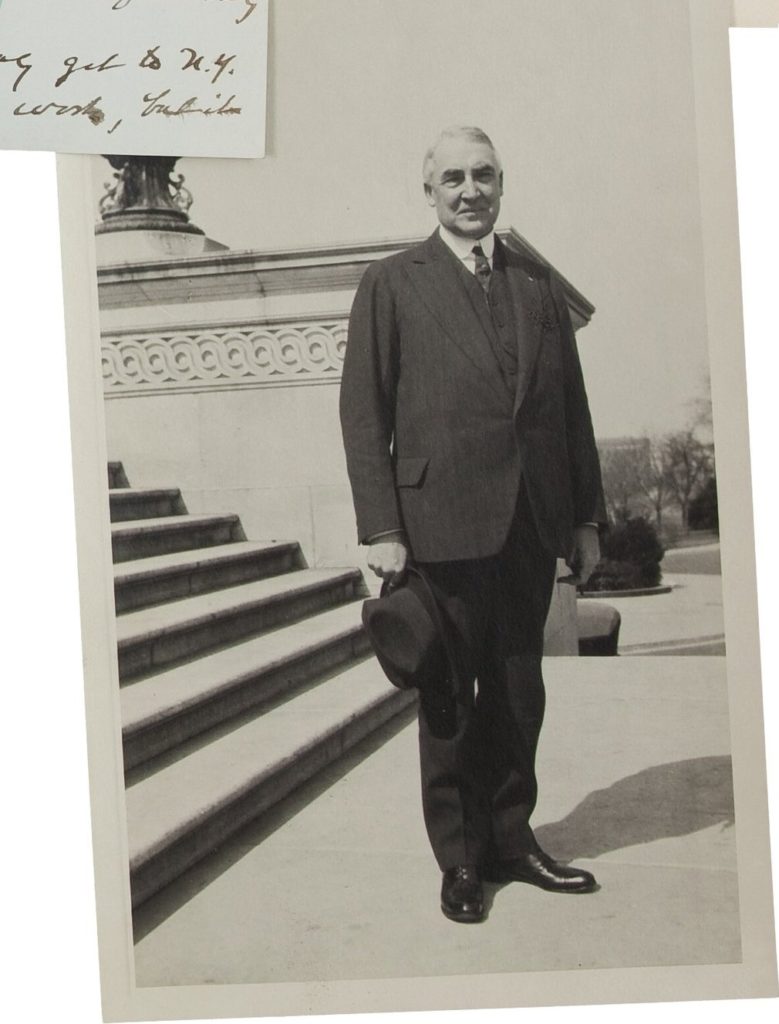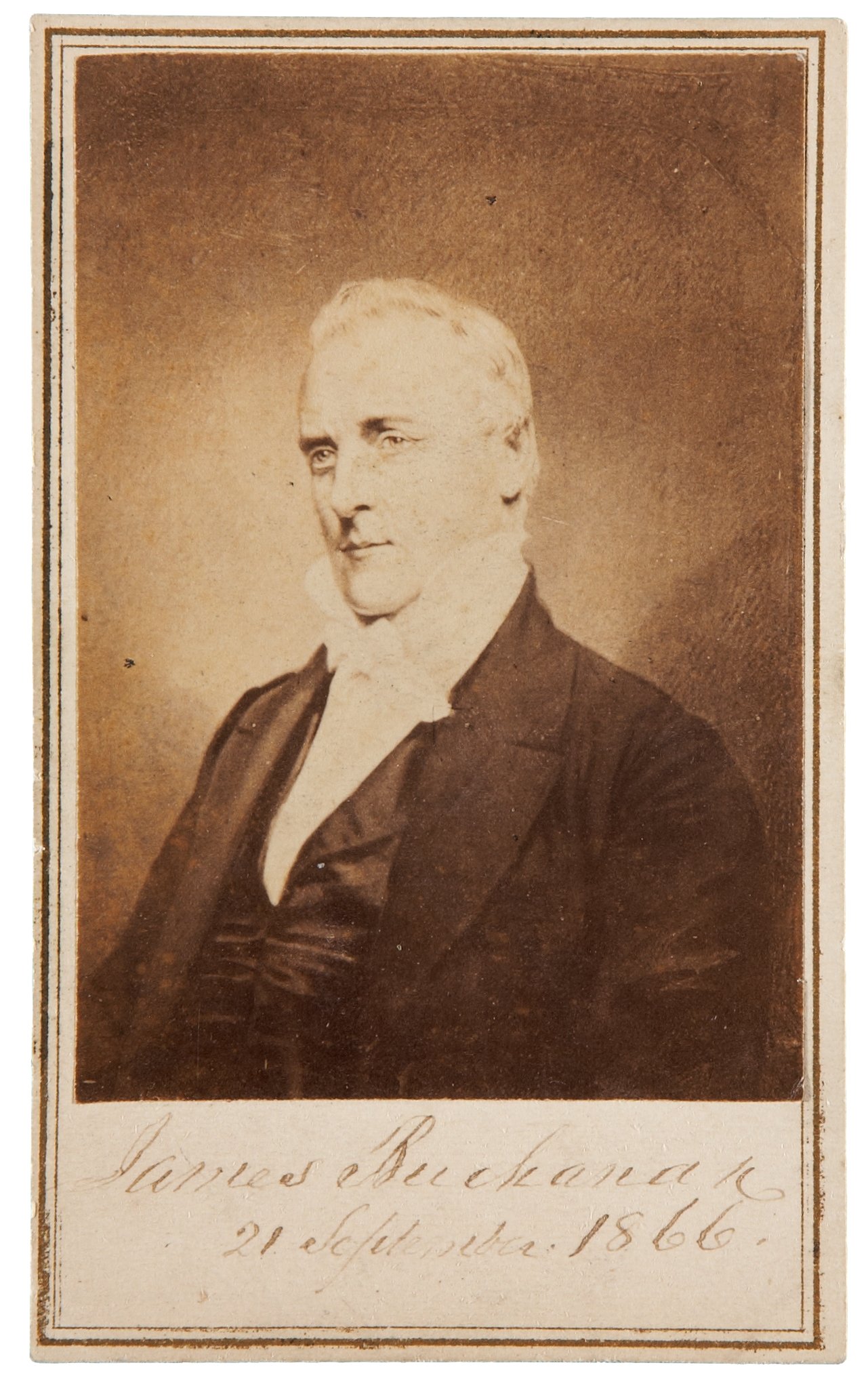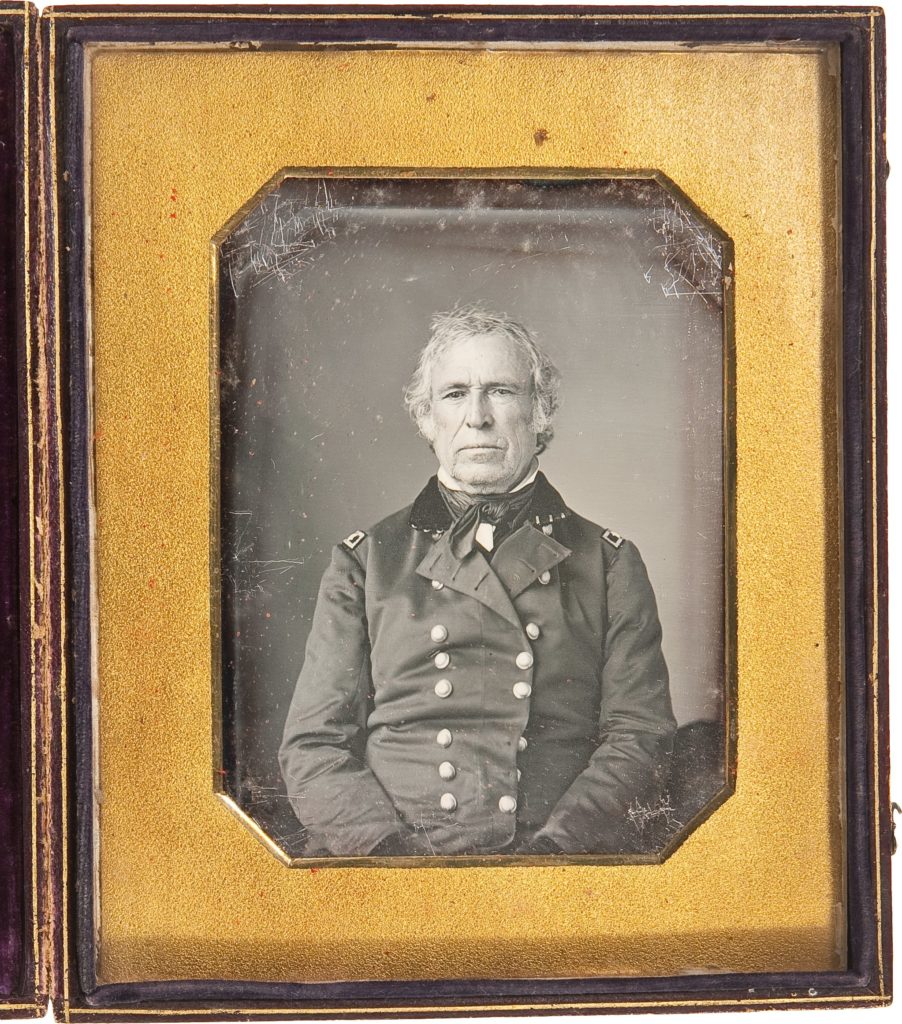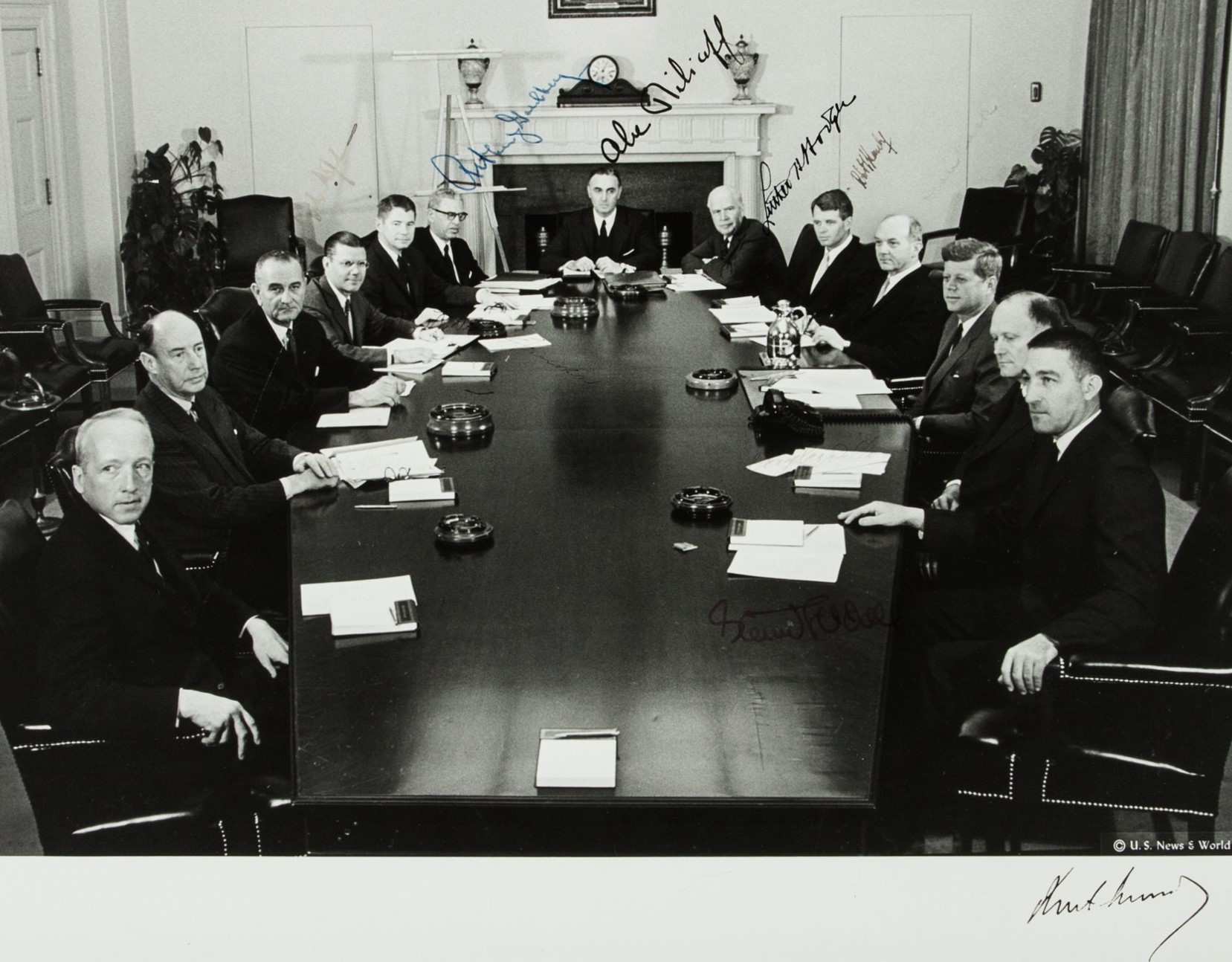
By Jim O’Neal
Lieutenant Colonel Robert McNamara had planned to return to Harvard after his stint in the military since he truly enjoyed the Cambridge lifestyle and teaching statistics was his first love. However, in a bizarre twist of coincidence, he and his wife Margaret contracted polio. They were still hospitalized in August 1945 when World War II. His mentor, Tex Thornton, persuaded him to consider a new, higher-paying career in the private sector to help with the family hospital bills.
McNamara and the other Whiz Kids excelled at the Ford Motor Company by utilizing the skills they honed in the Army: control the organization by converting facts and numbers into meaningful information that was actionable. This was particularly valuable at Ford and its archaic operations … pitted against its main competitor General Motors and its classic style of highly accountable, decentralized profit centers. McNamara became the unofficial leader when Thornton left Ford for greener fields in aerospace.
McNamara rose quickly, as Henry Ford II was new and unsure of himself. To Ford, McNamara offered reassurance; when questions arose, he always had answers, not vague estimates, but certitudes, facts and numbers … and a lot of them. On Nov. 9, 1960, McNamara was promoted to president at Ford. It was the first time someone outside the Ford family was in charge.
As fate would have it, the prior day, on Nov. 8, John F. Kennedy became president-elect of the United States. Their careers would soon be joined in a truly unexpected way.
Kennedy sent Sargent Shriver to offer McNamara either the Secretary of Treasury or Secretary of Defense cabinet position. McNamara was disdainful of Treasury, but eager to take on something much more exciting, assuming his boss would agree (it had been only six weeks since he had taken the reins at Ford).
We all know how this turned out, but perhaps not the financial sacrifice involved. By accepting the Defense position, McNamara left $3 million in stock options.
Robert Strange (his mother was Clara Nell Strange) McNamara served as Secretary of Defense under two presidents (JFK and Lyndon B. Johnson) from 1961 to 1968, the longest tenure in history (10 days longer than Donald Rumsfeld), and during the important build-up years in Vietnam. In 1968, he sent a letter to LBJ advising him that the war was unwinnable and recommending the United States end it. The president never replied and McNamara was finished.
Later, he told his friend, Washington Post publisher Katharine Graham, he wasn’t sure if he quit or was fired. She replied, “Are you crazy? Of course you were fired!”
In 2003, Errol Morris produced the documentary The Fog of War, which captures these war years, including a poignant ceremony when McNamara retired and LBJ awarded him the Medal of Freedom. McNamara was so emotional that he had to defer on his acceptance remarks. It is a good flick and recommended since it uses archival film with contemporary comments from McNamara.
A fascinating man and career. He served as president of the World Bank from 1968 to 1981 before dying in 2009 at age 93.
 Intelligent Collector blogger JIM O’NEAL is an avid collector and history buff. He is president and CEO of Frito-Lay International [retired] and earlier served as chairman and CEO of PepsiCo Restaurants International [KFC Pizza Hut and Taco Bell].
Intelligent Collector blogger JIM O’NEAL is an avid collector and history buff. He is president and CEO of Frito-Lay International [retired] and earlier served as chairman and CEO of PepsiCo Restaurants International [KFC Pizza Hut and Taco Bell].



